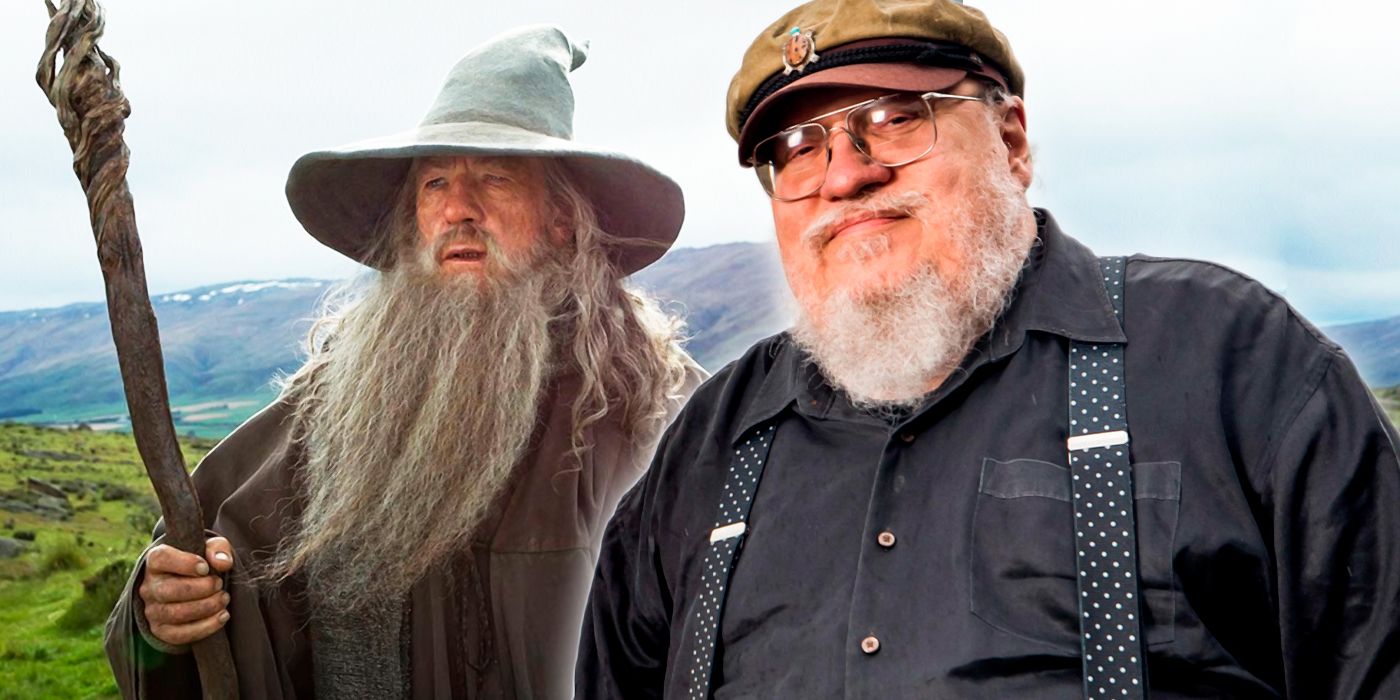
Ned Stark’s death in the first season set the tone for Game of Thrones, showing that even the main characters weren’t safe. Arguably the best and easiest example is the Red Wedding, which shook audiences to their core. Despite the controversial views of Game of Thrones’ final season, most fans everyone will agree on how impactful that moment was, as several major characters lost their lives in a sudden and undignified manner.
The History Of Gandalf The Grey
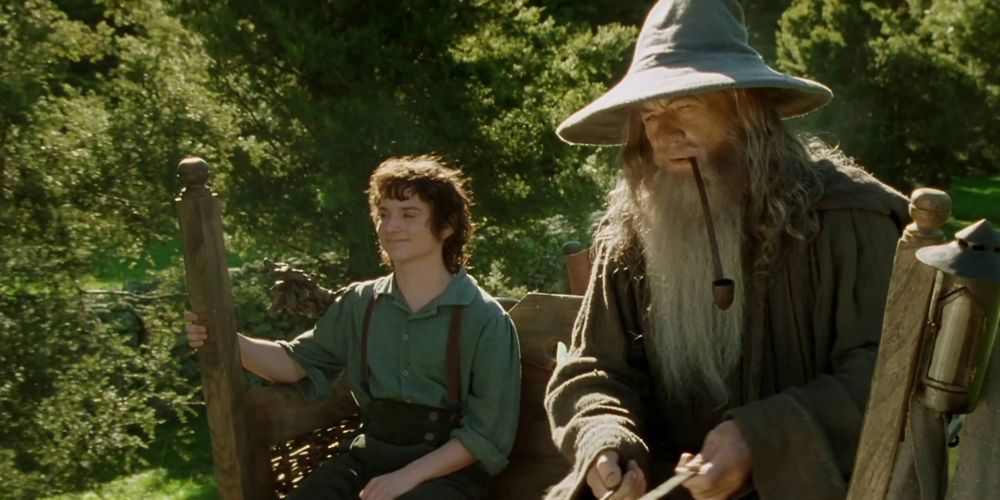
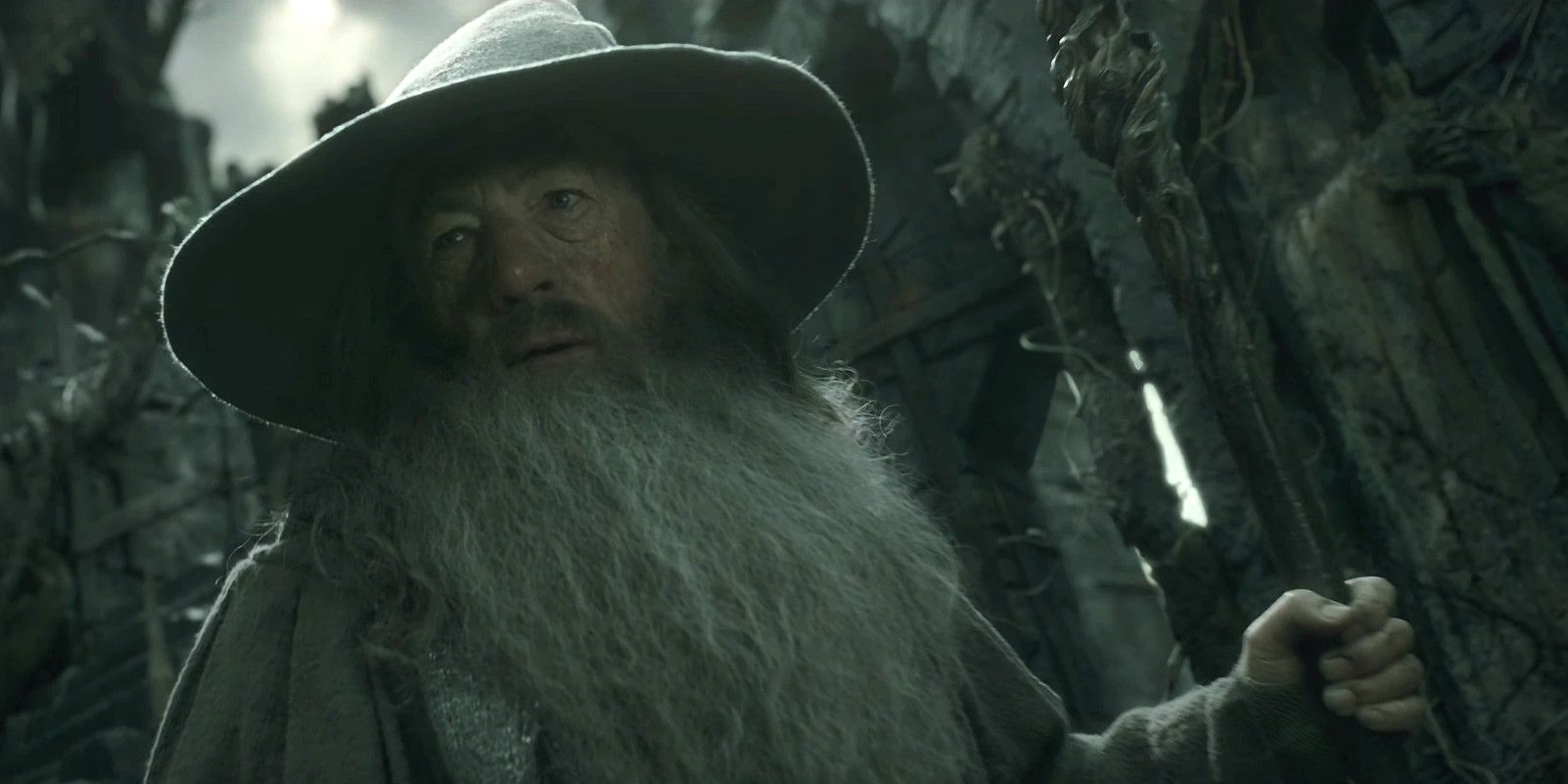
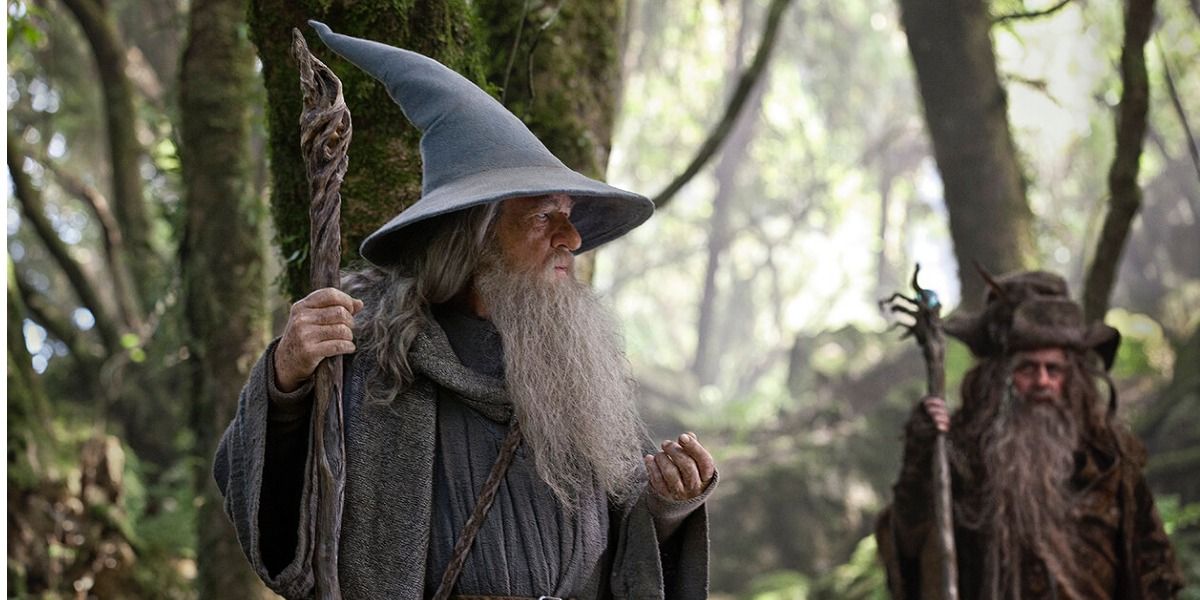
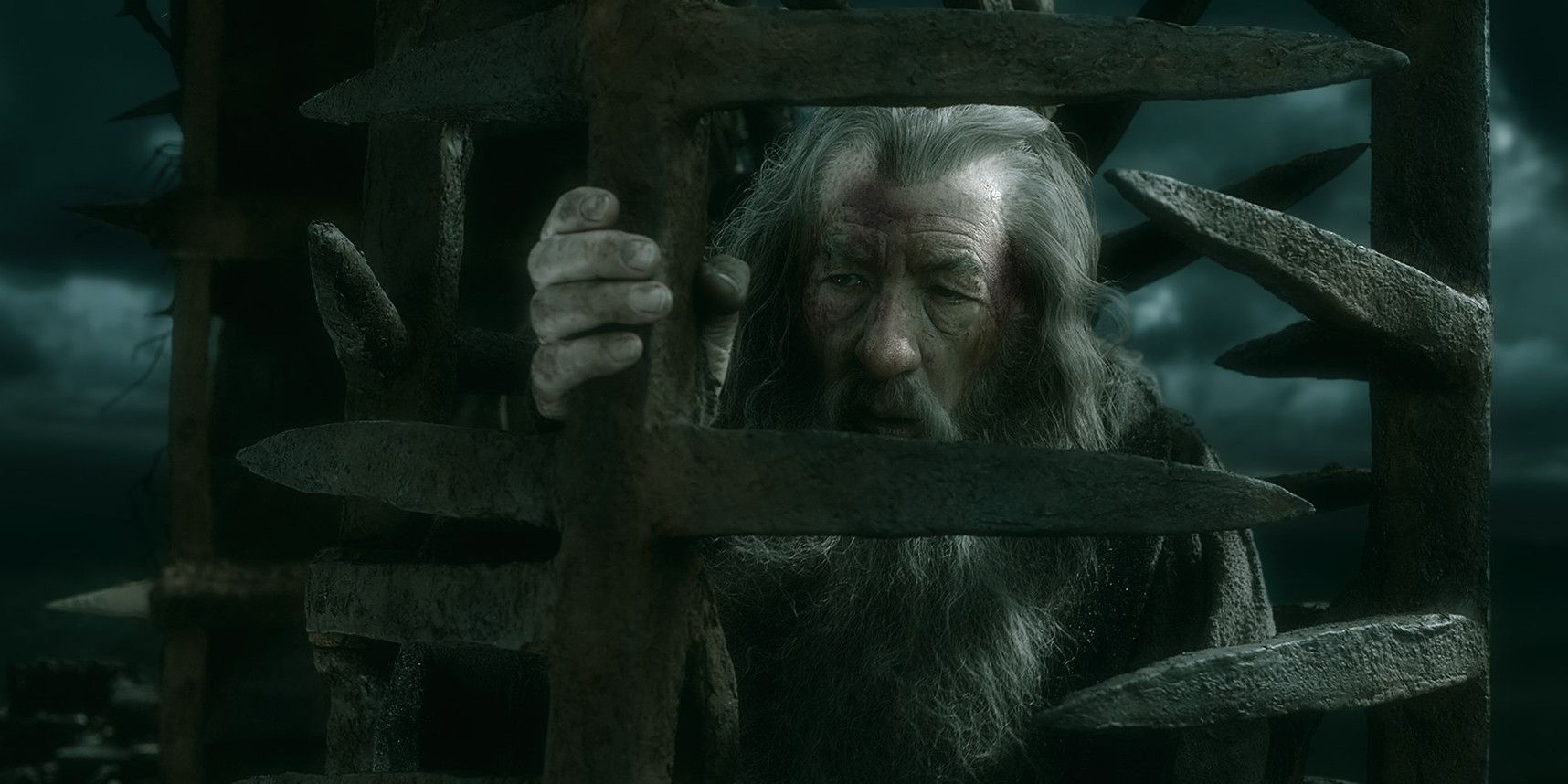
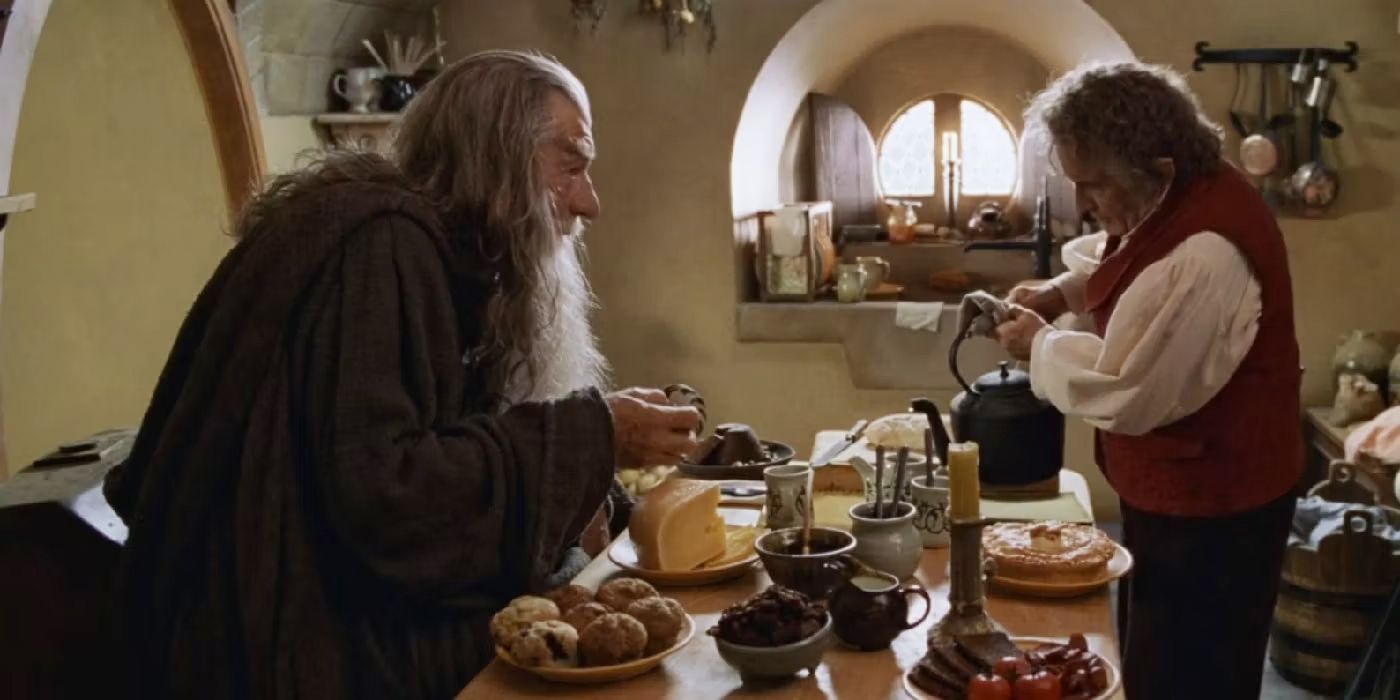
Character Trivia:
Existed long before the creation of the world itself.
Also known as Olórin, Old Greybeard, Tharkûn, Incánus, & Mithrandir
Portrayed by John Huston, Michael Hordern, Tom Kane, William Squire, & Sir Ian McKellen
The historical timeline of Tolkien’s epic begins with cosmogony — the creation of the fictional universe known as Eä, within which would later exist the world of Arda. It is on Arda that the events of the First, Second, Third, and Fourth Ages take place, not to mention countless years that passed before the Awakening of the Elves. Gandalf the Grey may disguise himself as a human, but he’s far more special than that. In reality, he’s an angelic entity known as a Maia, entrusted with the task of guiding the peoples of Middle-earth through the Third Age and beyond. As such, the other two Wizards mentioned in the story — Saruman and Radagast — are also Maiar.
Gandalf’s true name was Olórin, and he was already famous among the Valar of Aman for his boundless wisdom and mercy. This was exactly why he was chosen by the Vala Varda to go to Middle-earth in the first place. However, his immortal nature ensured that any death he would experience would only be temporary. In fact, Gandalf’s demise atop Zirakzigil should have theoretically “respawned” him back in Aman. And yet, his courage and determination convinced Eru Ilúvatar to resurrect him in Middle-earth — this time with considerably more power than before.
Why Does George RR Martin Disagree With Gandalf’s Resurrection?
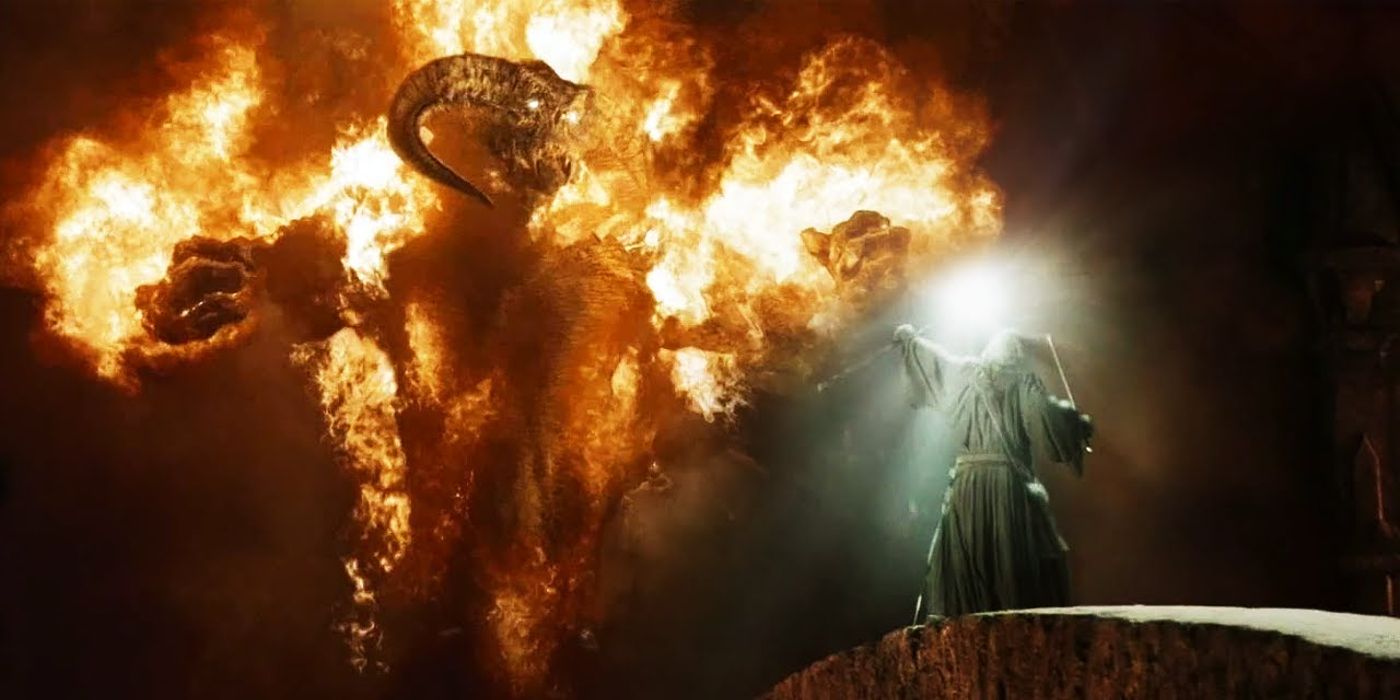
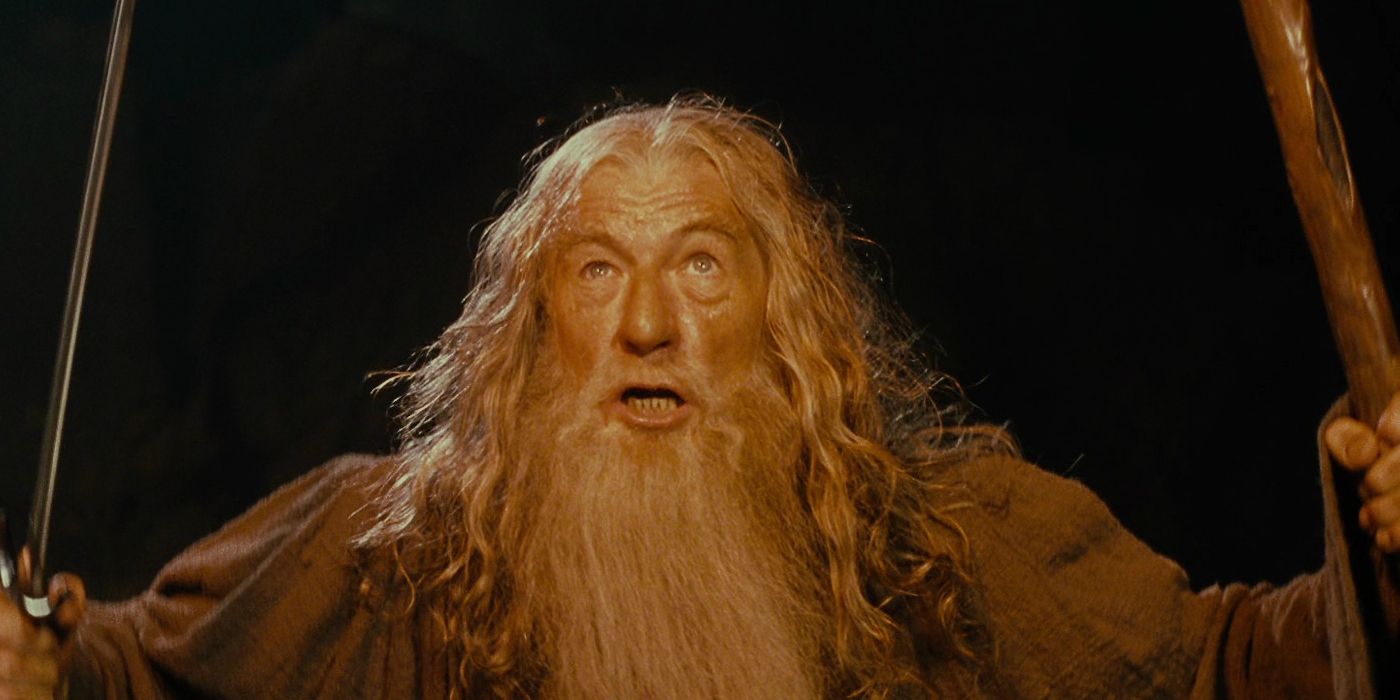
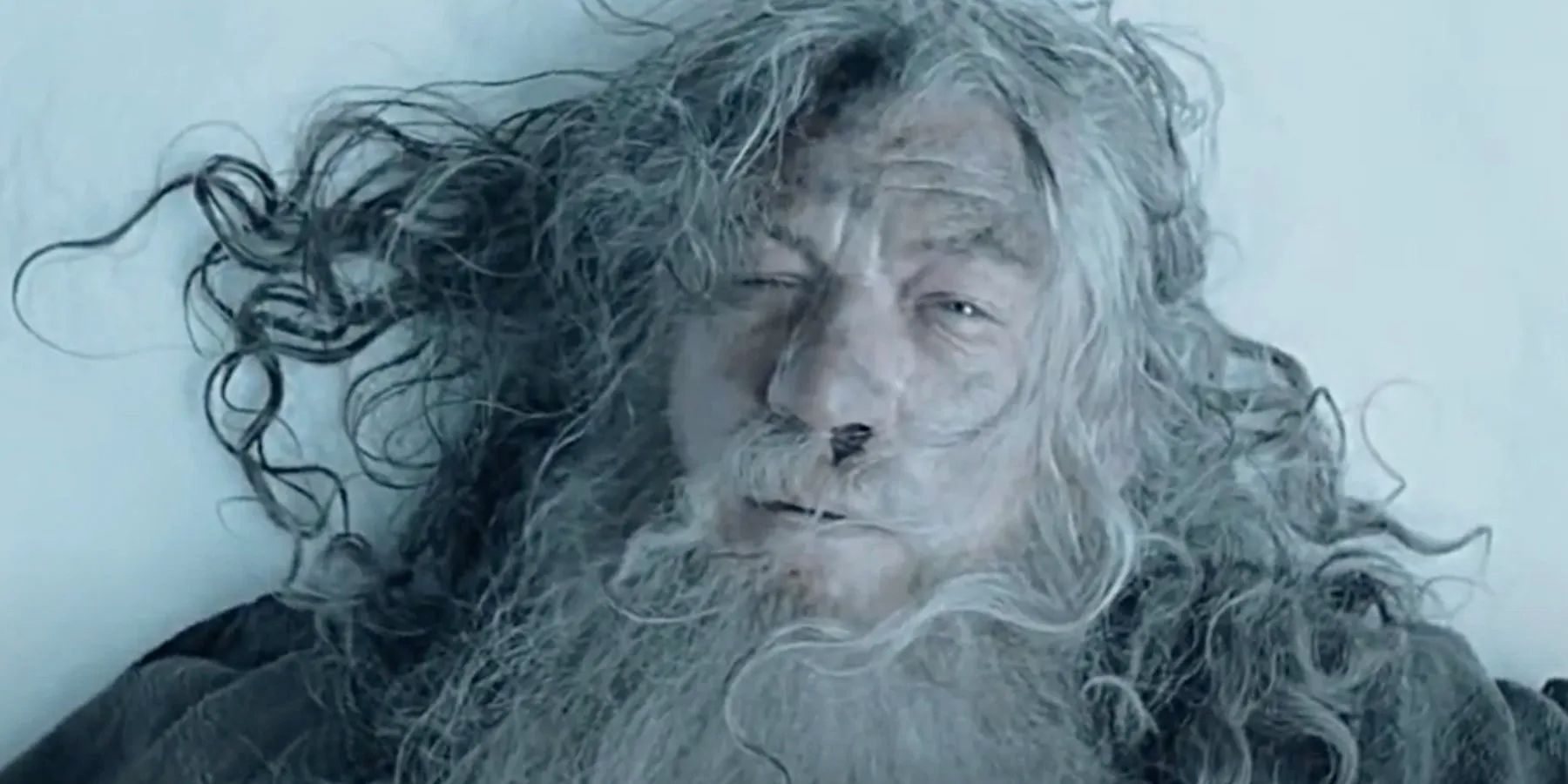
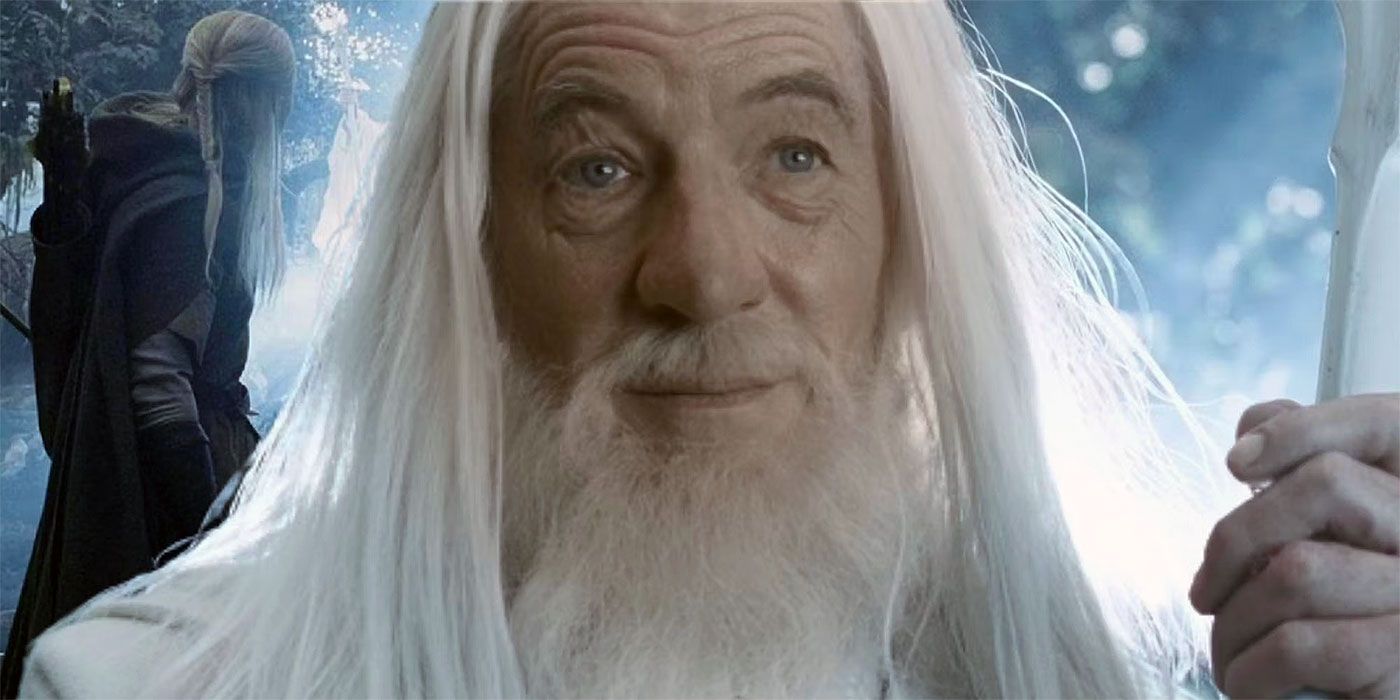
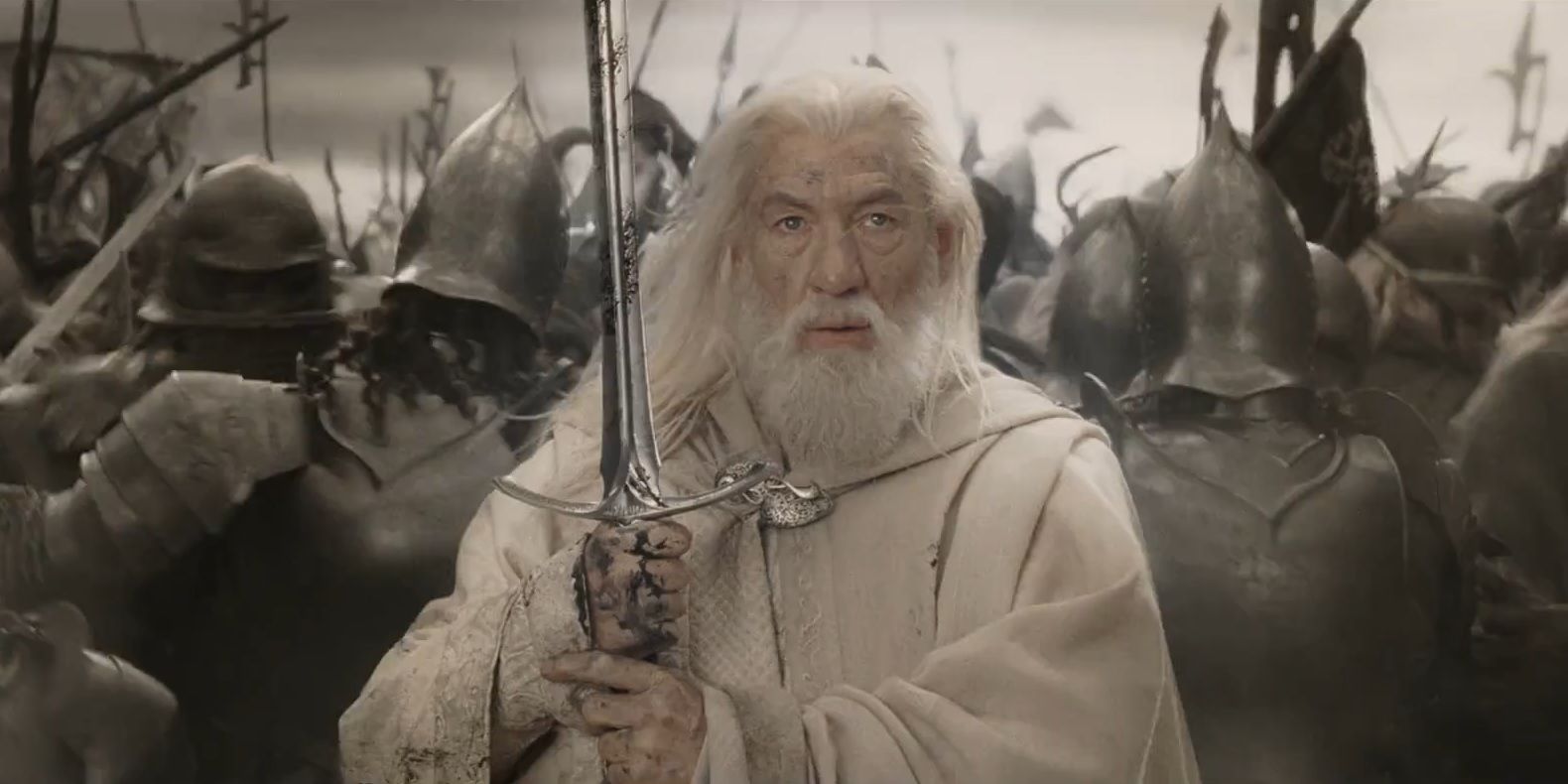
I think it would’ve been an even stronger story if Tolkien had left him dead
—George R.R. Martin
While touched upon in Game of Thrones, the resurrection of dead characters was more common in the novels. However, it was far from the traditional character resurrection found in most fantasy stories. During a Bullseye podcast interview, Martin summed up his philosophy on death, stating, “I do think if you’re bringing a character back, that a character has gone through death, that’s a transformative experience.” And this is reflected through the novels, as returning characters always lose a part of themselves, even to the extent that they can’t be considered the same character anymore.
This brings Martin to the subject of The Lord of the Rings. Although he believes author J.R.R. Tolkien treats death as final, for the most part, there’s one key exception: Gandalf. As the Fellowship of the Ring attempts to pass through the Mines of Moria, the great Balrog of Khazad-dûm reveals itself. In order for the heroes to escape, Gandalf sacrifices himself on the bridge, resulting in the Wizard and the Balrog falling to their (apparent) doom. The loss is tragic and unexpected. And yet, in the next movie (and in the source material), Gandalf returns, proclaiming, “I come back to you now, at the turn of the tide.”
However, Martin disagreed with this plot turn. “Much as I admire Tolkien, I once again always felt like Gandalf should have stayed dead…His last words are, ‘Fly, you fools!’ What power that had, how that grabbed me,” he said. As such, Martin felt the words were lessened by the knowledge of Gandalf’s return. “Then, he comes back as Gandalf the White, and, if anything, he’s sort of improved… I think it would’ve been an even stronger story if Tolkien had left him dead.”
While many fans scoff at the idea of changing such an integral part of The Lord of the Rings, Martin’s words hold some merit. Gandalf’s death revealed just how dangerous the journey to Mordor would be, as the strongest among them was the first to fall. Then shortly after, Boromir was slain by a pack of Uruk-hai, which felt like the Fellowship was being picked off one by one. But then Gandalf made his grand return as Gandalf the White, and unlike Martin’s characters, the Wizard became even more powerful. While it offers a great reveal, the resurrection tells the audience that death isn’t necessarily the end, so a sense of danger is lost.
Martin & Tolkien Treat Resurrection Differently
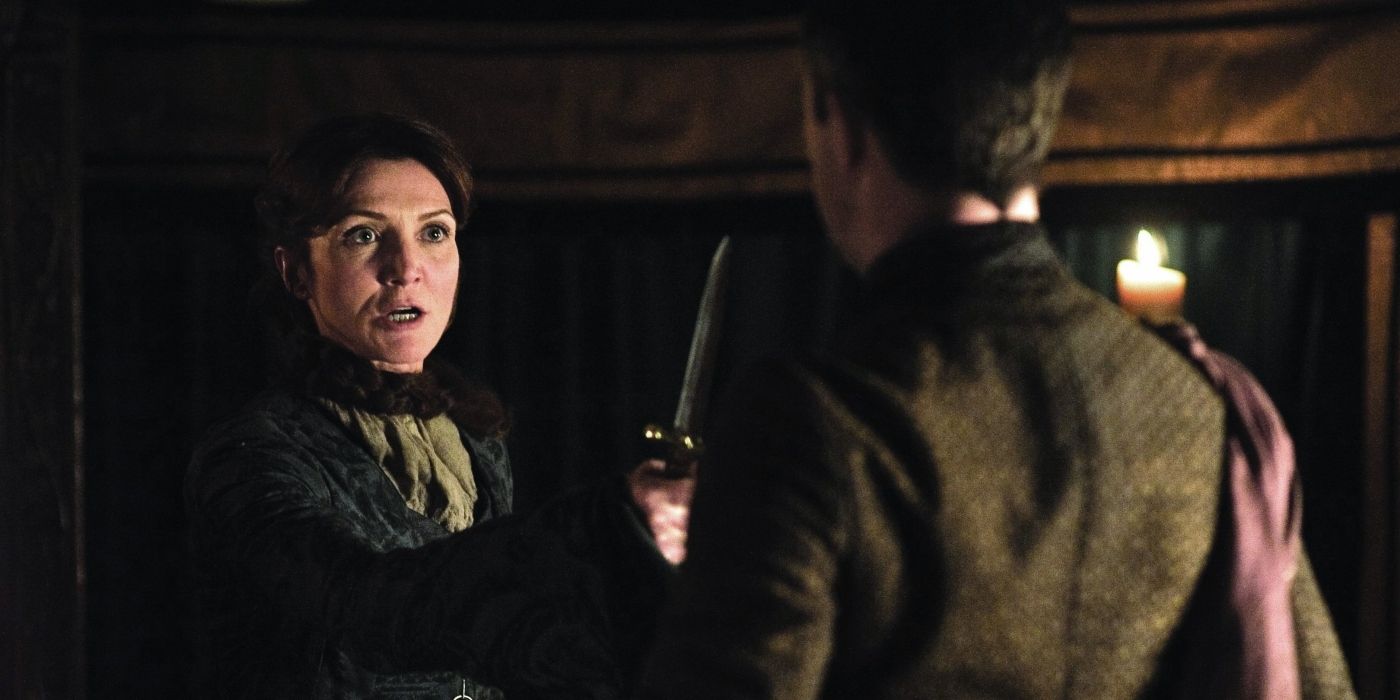
.jpg)
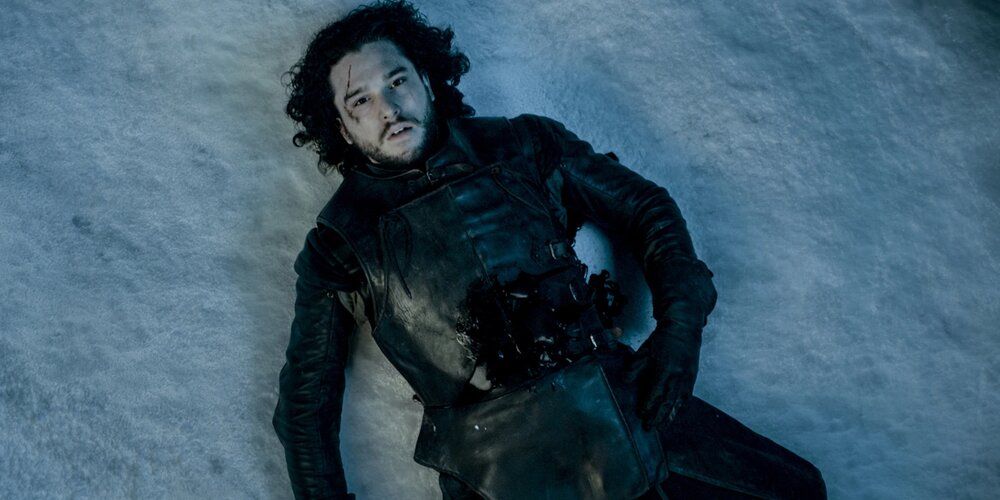
.jpg)
Notable Character Deaths in LOTR
Notable Character Deaths in GOT
Resurrected
Boromir
Ned Stark
Neither
Gandalf
Catelyn Stark
Both
Sauron
Jon Snow
Only Jon
However, going against Martin’s point is that he and Tolkien tell drastically different stories. Martin focuses on the gritty, realistic side of his fantasy world, whereas Tolkien tells more fantastical tales. And these different views are perhaps most easily reflected in their treatment of death. When a character is brought back to life in Westeros, part of them is lost as they’re going against the natural order of the world.
This can be seen through the death and “resurrection” of Catelyn Stark in the books. Although the character is permanently dead in the TV show, she’s actually brought back by Thoros of Myr and Beric Dondarrion. Unfortunately, the rites are performed three days after her death, so what returns to life isn’t exactly Catelyn Stark. Known as Lady Stoneheart, this villainous version of the formerly noble Lady of House Stark doesn’t behave like her original counterpart. Stoneheart desires the death and destruction of her enemies. In contrast, Gandalf is returned to fulfill a purpose from a higher power and is rewarded for his good deeds in life in The Lord of the Rings.
While Martin raises some fair points, his writing philosophy simply goes against what Tolkien envisioned. More importantly, Gandalf isn’t even the true form of Olórin. As such, Gandalf merely loses his human shell when he dies on Zirakzigil. However, he returns to Middle-earth with the blessings of Eru Ilúvatar, the ultimate creator of everyone and everything in The Lord of the Rings. Gandalf’s resurrection wasn’t just a simple convenience but showed the power of good going against the world’s evil and helped spread inspiration to others.





